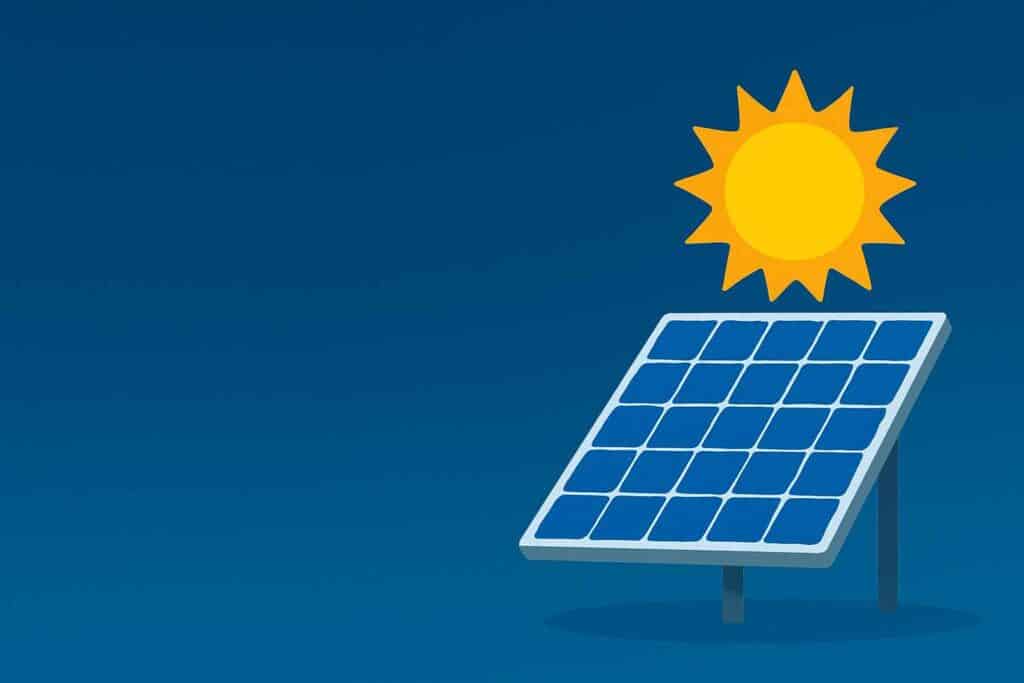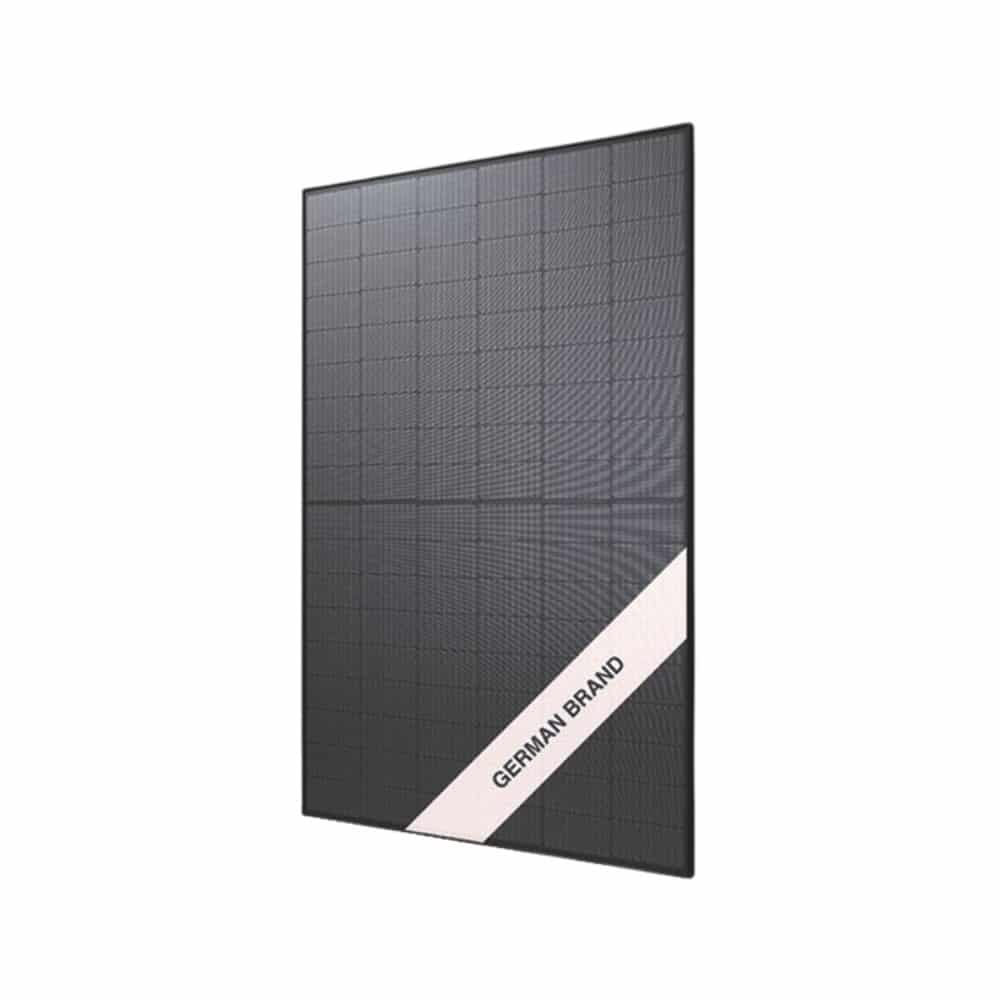📦 Fast Delivery – Order Now!
💸 Shop Safely – 100% Money-Back Guarantee
👨🔧 Lifetime Customer Support
📦 Fast Delivery – Order Now!
💸 Shop Safely – 100% Money-Back Guarantee
👨🔧 Lifetime Customer Support
The Photovoltaic meaning goes beyond a simple translation. It describes how light becomes electricity through a clean, efficient process. And yes, it’s one of the smartest ways to power homes, businesses, and entire communities. Because when sunlight meets technology, energy independence begins.

The Photovoltaic meaning connects science and sustainability. “Photo” means light, and “voltaic” comes from voltage. Together they describe the direct conversion of sunlight into electricity using solar cells.
When sunlight hits these cells, electrons move. That movement creates direct current (DC). But since homes use alternating current (AC), an inverter steps in and converts DC into AC. And suddenly — your lights turn on, your phone charges, and your home runs on sunshine.
A photovoltaic system combines smart components that work together in harmony. It includes solar panels, an inverter, and sometimes a battery storage system. When the sun shines, your panels create power. When it rains, the system still runs — just at a lower output.
And that’s the beauty of it. Because every ray of sunlight matters, and every kilowatt adds up to real savings.
Here’s a simple table showing how energy moves through a photovoltaic system:
| Step | Component | Function | Result |
|---|---|---|---|
| 1 | Solar Panels | Capture sunlight | Generate DC electricity |
| 2 | Inverter | Convert DC to AC | Make electricity usable |
| 3 | Battery (optional) | Store excess energy | Use it at night |
| 4 | Grid Connection | Export surplus | Earn credits or savings |
The Photovoltaic meaning stands for freedom — because it lets you produce your own clean energy. It reduces fossil fuel use and protects the environment. And it saves you money over time while raising your property value.
Moreover, as electricityPhotovprices keep climbing, more homeowners choose solar to take control. Because sunlight is free. And technology keeps getting smarter.

✅ 440W high-performance monocrystalline solar module
✅ Full black design for an elegant appearance
✅ Proven reliability
Global demand for photovoltaic systems has exploded. According to the International Energy Agency (IEA), solar capacity is expected to grow over 500% from 2020 to 2035. That’s billions of panels installed worldwide — and endless potential for clean energy.
| Year | Global Solar Capacity (GW) | Annual Growth Rate |
|---|---|---|
| 2020 | 760 | — |
| 2025 | 1,500 | +14% |
| 2030 | 2,800 | +12% |
| 2035 | 3,900 | +9% |
Each year, new innovations make solar panels more efficient and affordable. And every upgrade pushes the world one step closer to energy independence.
At AceFlex, we live the Photovoltaic meaning every day. We design high-performance solar solutions that turn light into reliable power. Because we believe sustainability should be simple, beautiful, and cost-efficient.
Ready to take control of your energy future?
👉 Contact AceFlex today and start your solar journey with technology that truly shines.

The Photovoltaic meaning is clear — light becomes power, and power becomes freedom. It’s clean, renewable, and future-proof. And it brings independence to homes and businesses around the world. So when you think of energy, think sunlight. Because the future shines brightest with AceFlex.

The Photovoltaic Meaning is turning sunlight directly into electricity using special materials. It combines “photo,” which means light, and “voltaic,” which means electric power.
Photovoltaic means converting sunlight into electricity, while solar can also include heating systems. So, all photovoltaic systems are solar, but not all solar systems are photovoltaic.
The word “photovoltaic” in English means electricity made from light. It comes from Greek and Italian roots meaning light and voltage.
A photovoltaic system includes solar panels, inverters, and wiring that turn sunlight into usable electricity. It helps power homes and businesses cleanly and efficiently.
Most solar panels are photovoltaic, but not all. Some solar systems heat water instead of making electricity.
The main disadvantages are high upfront cost, dependence on sunlight, and storage limits. But technology keeps improving and reducing all these problems.
Another name for photovoltaic is solar electric. Both mean making electricity directly from sunlight.
Photovoltaic panels usually last 25 to 30 years. They lose some efficiency over time, but they still work well after that.
People use photovoltaics because they save money and protect the planet. They also make you more energy independent.
After 25 years, solar panels still work, but they produce less power. Most keep generating around 80% of their original output.
Photovoltaic systems create direct current (DC). Then, an inverter changes it into alternating current (AC) for your home.
No, LEDs make light instead of turning it into power. But both LEDs and photovoltaics use semiconductors.
The main types are monocrystalline, polycrystalline, and thin-film. Each type offers different levels of efficiency, cost, and appearance.
The 33% rule is the maximum efficiency limit for regular solar cells. It means they can’t convert more than one-third of sunlight into power.
Yes, photovoltaic cells can power a whole house. But you’ll need enough panels and maybe a battery to cover your needs.
The 20% rule means most solar panels turn about 20% of sunlight into electricity. Some premium models go higher but cost more.
Big appliances like electric heaters, ovens, and large AC units can be hard to run fully on solar. They need a lot of power and strong storage.
Yes, you can run AC with solar panels. But you’ll need enough panels and maybe a battery to handle peak use.
No, solar panels don’t work at night because there’s no sunlight. But stored energy can keep your home powered until morning.
A 12,000 BTU air conditioner usually needs 6 to 8 solar panels. The exact number depends on panel size and sunlight hours.
You can connect solar panels directly to an inverter without a battery. But the power stops as soon as the sun goes down.
The biggest risk is weather damage from hail, wind, or storms. But modern panels are built to handle tough conditions.
Yes, but only while the sun is shining. Without a battery, your fridge shuts off when solar power stops.
A 2 kW system can power a small home with low energy use. Bigger homes need more capacity to cover everything.
Yes, 40 kWh per day is a lot for most homes. It means heavy energy use or many large appliances.
Monocrystalline panels are the best because they’re efficient and long-lasting. They also work better in low-light conditions than other types.
AceFlex is one of the leading online retailers of renewable energy products and offers a wide range of solar products. We work with well-known manufacturers and wholesalers and can offer you cost-effective products in the field of photovoltaics so that you too can contribute to the energy transition.
Looking for an experienced team for planning your photovoltaic system without the hassle of doing it yourself? We are your trusted partner, offering comprehensive nationwide solutions. We provide expert consultation and supply of both photovoltaic systems and storage units tailored to your specific needs.
© 2025 Aceflex All Rights Reserved. Design by Media Pantheon, Inc.